On the afternoon of October 29, sharing at the Vietnam Industrial Real Estate Forum 2025 (VIPF 2025), Mr. Truong Gia Bao, Vice President and General Secretary of the Vietnam Industrial Real Estate Association (VIREA), said that the current high occupancy rate of warehouses and factories is actually a short-term reaction to long-term changes in investment capital flows.
The shift in supply chains is creating a huge demand for logistics, making Vietnam an attractive destination, especially as investors look for flexible solutions.
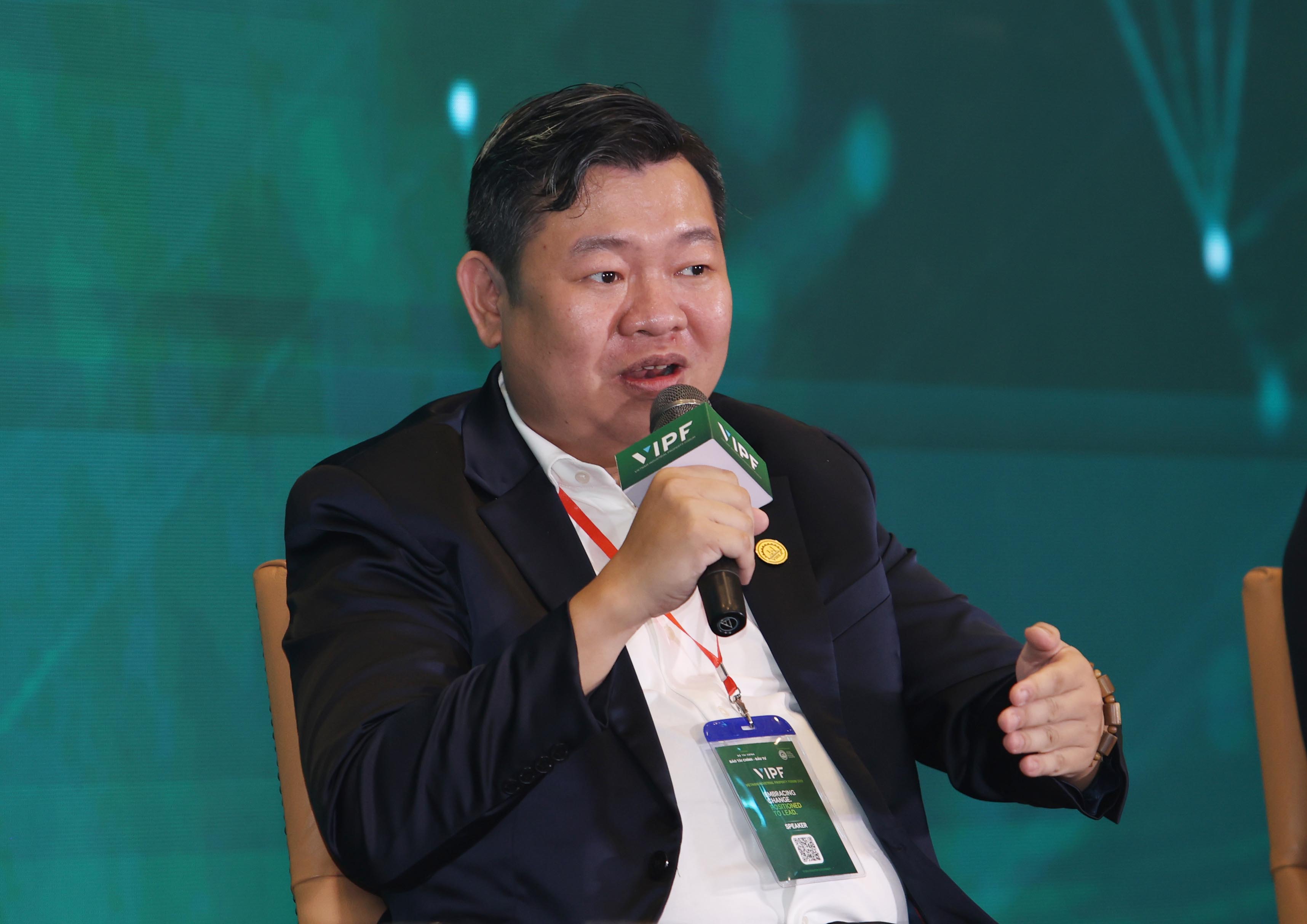 |
| Mr. Truong Gia Bao, Vice President and General Secretary of Vietnam Industrial Real Estate Association (VIREA). |
However, this is only a short-term investment wave. In the near future, we will witness a longer-term investment wave, towards manufacturing, technology and large-scale industrial centers. Current indicators, as experts share, still do not fully reflect the potential of the upcoming transition. It is noteworthy that the structure of investors in Vietnam is much more diverse than before - not only Asian enterprises but also corporations from Europe and North America.
The current wave of investment can be seen as a small but important first step before Vietnam welcomes a larger-scale shift in the next few years.
In terms of competitiveness, the competition in attracting FDI among ASEAN countries is increasingly fierce. Countries such as Indonesia, Thailand, Malaysia, or recently India, have all introduced very strong incentive policies.
For Vietnam, Vietnam's competitive advantage lies not only in tax incentives, but also in political stability, a transparent investment environment, and the ability to quickly adapt to global trends. In the ASEAN region, Vietnam currently ranks 3rd in attracting FDI, after Singapore and Indonesia. Vietnam's Global Competitiveness Index (GCI) 2024 ranked 56/141 countries, up 4 places. The rate of FDI enterprises expanding production in Vietnam reached 62%, the highest in the ASEAN group (according to JETRO 2024).
I believe that Vietnam’s biggest opportunity lies in transforming the quality of FDI flows – attracting high-tech projects, associated with knowledge transfer and added value, instead of just processing activities. This is the right direction for us to take advantage of the current wave of global migration. Vietnam is also aiming to build two international financial centers in Ho Chi Minh City and Da Nang , creating a foundation to attract more capital and talent…
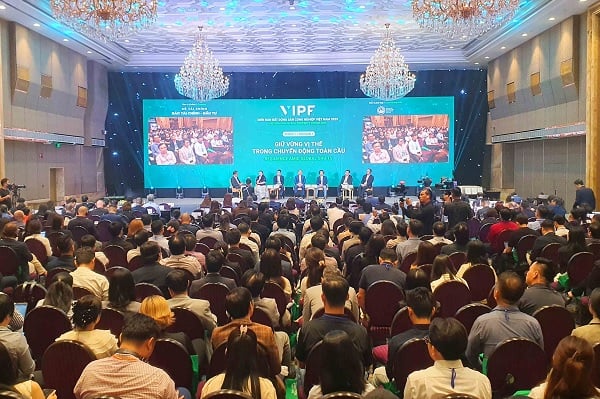 |
| Overview of the first discussion session at the Vietnam Industrial Real Estate Forum 2025. Photo: Le Toan |
However, the biggest challenge remains energy and infrastructure quality. We can look to Indonesia - a country that has boosted GDP growth thanks to efficient exploitation of resources and development of deep processing industry. Vietnam can absolutely follow the same direction, taking advantage of rare earth resources to develop high-tech industries, increasing added value in the global supply chain.
In addition, according to the 2025-2030 planning period, industrial real estate output is expected to double, opening up new development potential for the economy . The government is orienting to focus on high-tech and ultra-high-tech sectors, creating a foundation for the process of economic restructuring towards added value. In that picture, the private economic sector continues to assert its increasingly important role.
Contributing greatly to GDP, private enterprises are not only the driving force of domestic growth but also become an important counterpart link for international investors. The dynamism, flexibility and quick adaptation of the private sector are expected to help Vietnam take advantage of opportunities from the new wave of investment more effectively.
Source: https://baodautu.vn/nha-dau-tu-van-cho-doi-cu-dich-chuyen-lon-hon-tai-viet-nam-d425153.html


![[Photo] New-era Party members in the "Green Industrial Park"](https://vphoto.vietnam.vn/thumb/1200x675/vietnam/resource/IMAGE/2025/10/30/1761789456888_1-dsc-5556-jpg.webp)
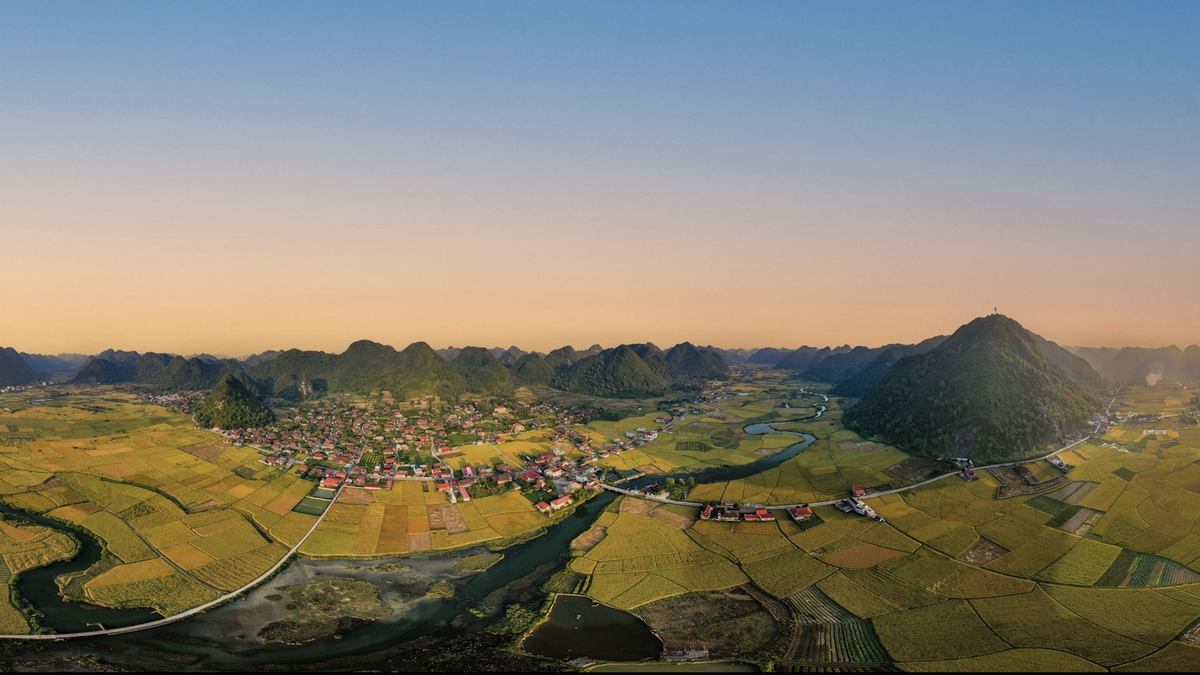
![[Photo] Prime Minister Pham Minh Chinh chaired a meeting to evaluate the operation of the two-level local government model.](https://vphoto.vietnam.vn/thumb/1200x675/vietnam/resource/IMAGE/2025/10/29/1761751710674_dsc-7999-jpg.webp)


![[Photo] Fall Fair 2025 - An attractive experience](https://vphoto.vietnam.vn/thumb/1200x675/vietnam/resource/IMAGE/2025/10/30/1761791564603_1761738410688-jpg.webp)
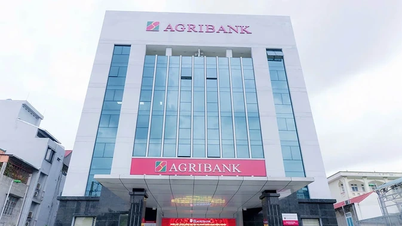

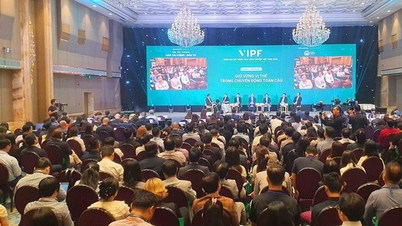

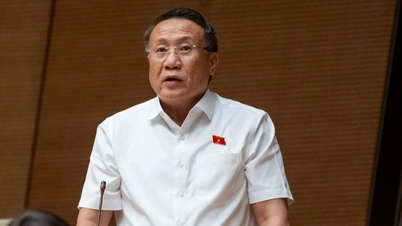

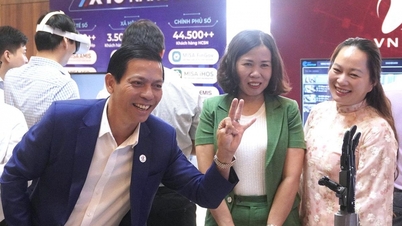



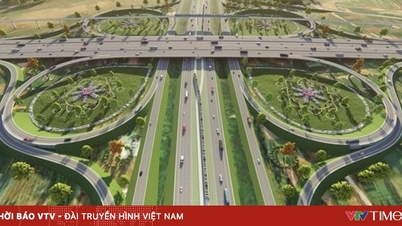

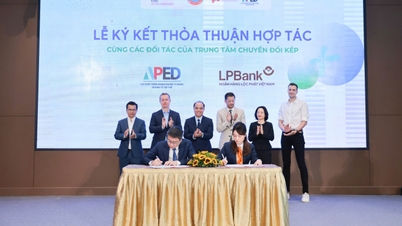

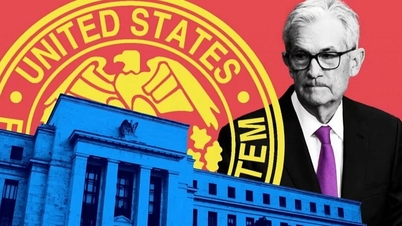
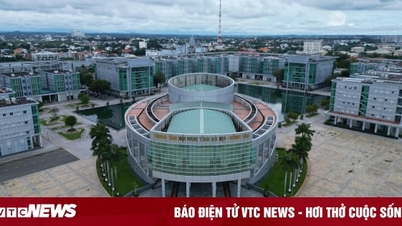

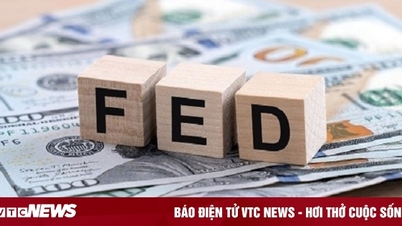
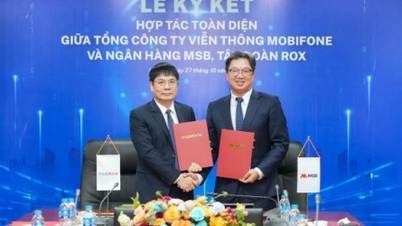






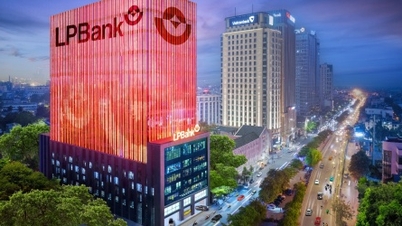

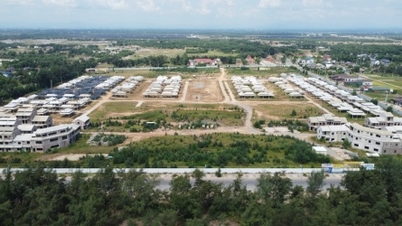
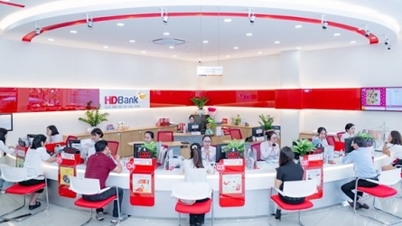
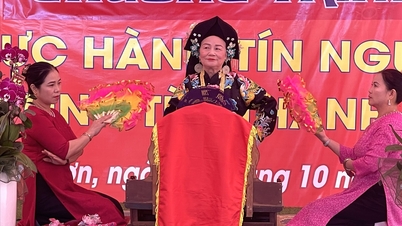













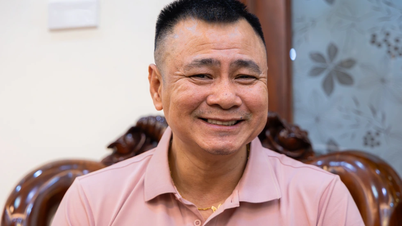






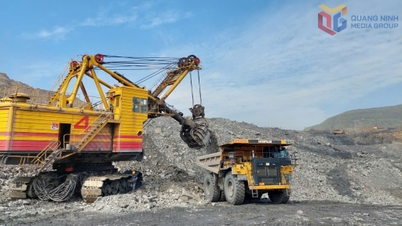



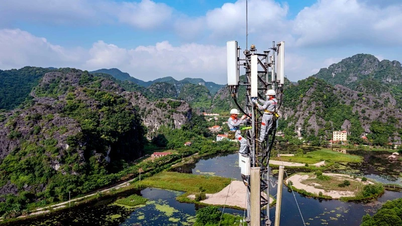
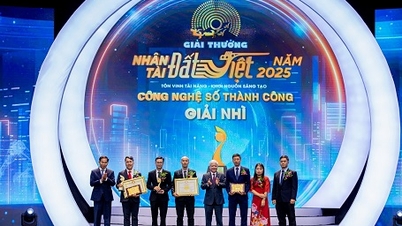

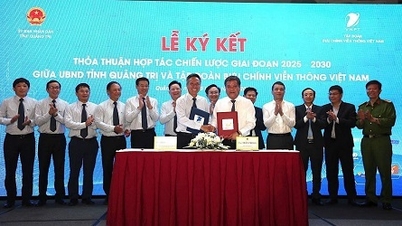






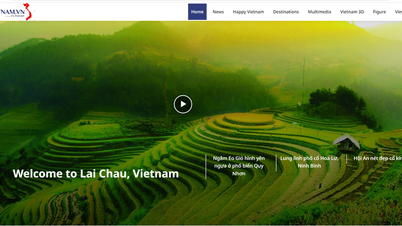
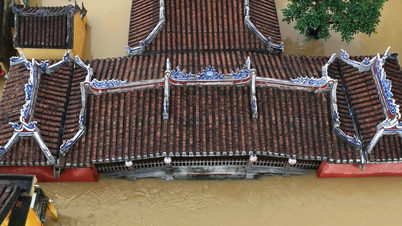

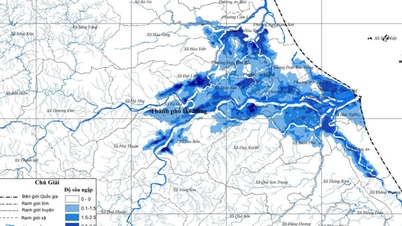


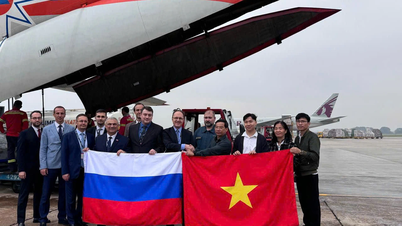


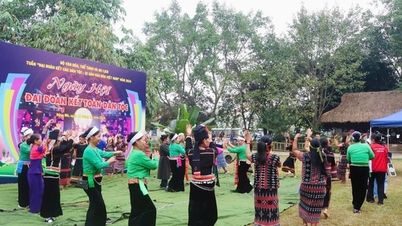
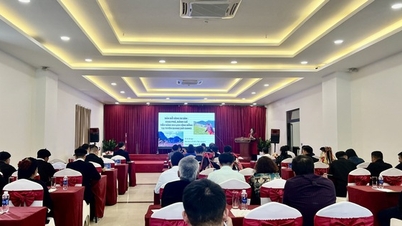
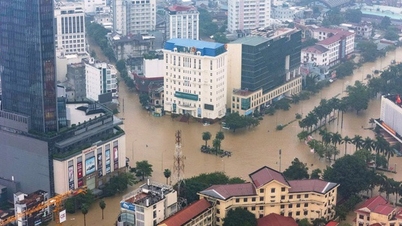
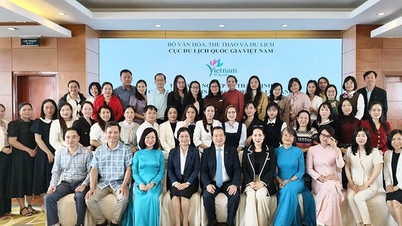
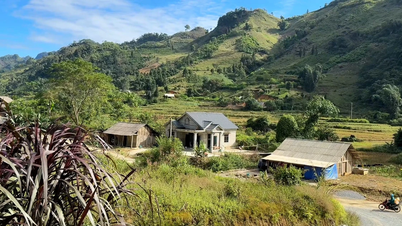

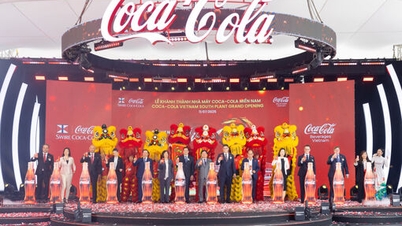

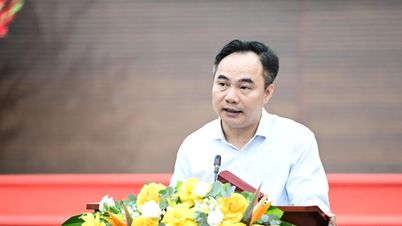

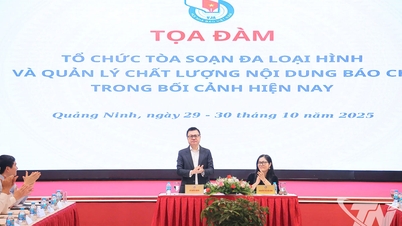

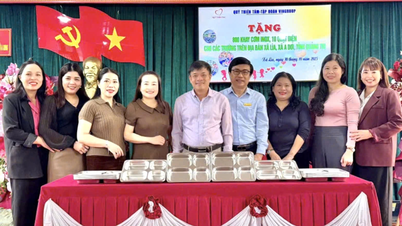

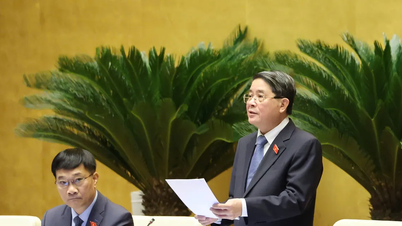















Comment (0)